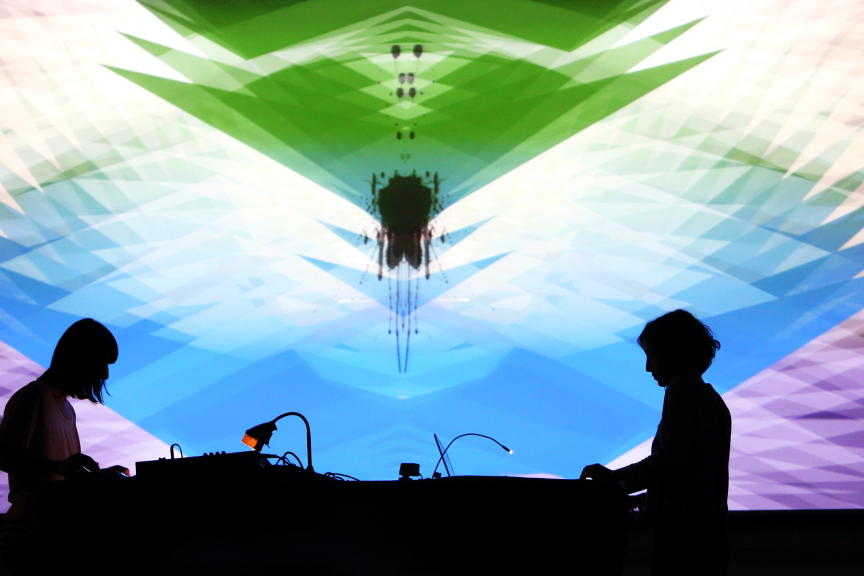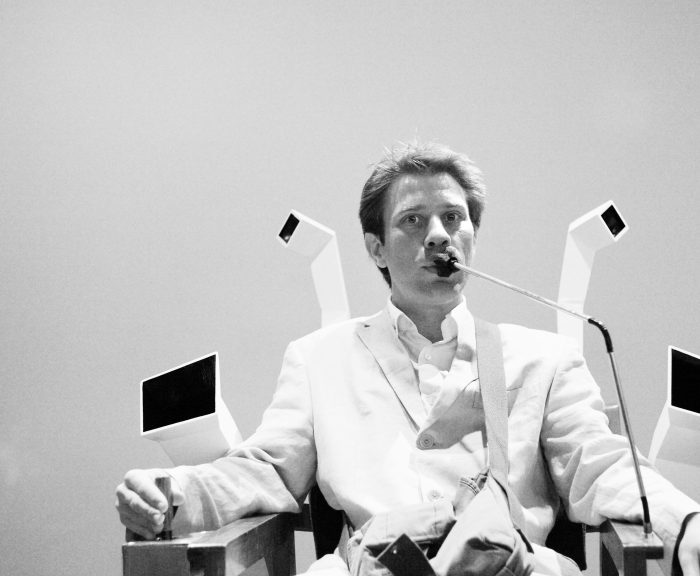Throughout this period the key innovation project Open Data Cities matures and flourishes – deepening ties with long-term collaborators such as Waag Society in Amsterdam and Forum Virium in Helsinki, and is followed soon after by FutureEverything’s Greater Manchester Data Synchronisation Progamme with UK collaborators Future Cities Catapult and Digital Catapult. Central to these initiatives is the grass-roots open data movement, which thrives in the city through the Open Data Manchester group, and the festival continues to provide a focal point, convening the community and serving as a platform for advocacy and participatory policy.
The curiosity at the core of the curatorial vision led to further inroads into research, and then to efforts to formalise its own methods. The “festival-as-lab” concept was conceived in 2010, a novel take on a living lab (4), in which the space of a festival is transformed into a platform for participatory experiments and trials in near future scenarios. (5) FutureEverything started a publication series to share these methods, leading in 2011 to The FutureEverything Manual, (6) co-published with Cornerhouse Publications. By this time, the festival themes had evolved into innovation labs as long-term, multi-layered, multi-partner projects, bringing together artists, technologists, and future-thinkers to devise and test innovation in art, society, and technology. The labs fed in and out of the festival, which acts as a living laboratory for participatory experiments in digital art and culture, while the FutureEverything conference and workshops are a space for collaborative research where new concepts and practices emerge. This research and collaborative energy leads to the international festivals network ECAS (European Cities of Advanced Sound), funded through EU Culture 2007-2013, which adopts Festival As Lab as the theme of festivals across Europe and North America in 2010 and 2011, and also to FutureEverything’s methods adopted in academic projects such as Creative Exchange funded by the Arts and Humanities Research Council in 2011 (£4M).
Continuing the trajectory towards being commissioned by other institutions to develop projects independent from the festival, FutureEverything was commissioned by the London 2012 Olympic Games to create emoto: Visualising the Olympics, an interactive web-based artwork and physical data sculpture visualising the emotional response to the Olympics on Twitter.






